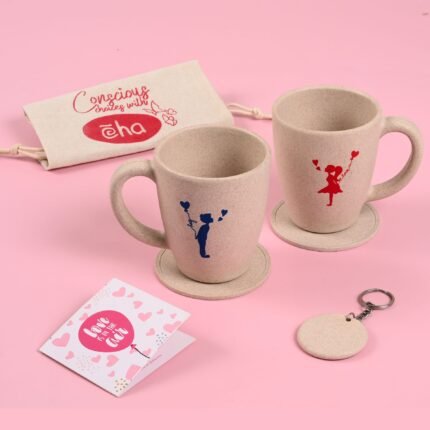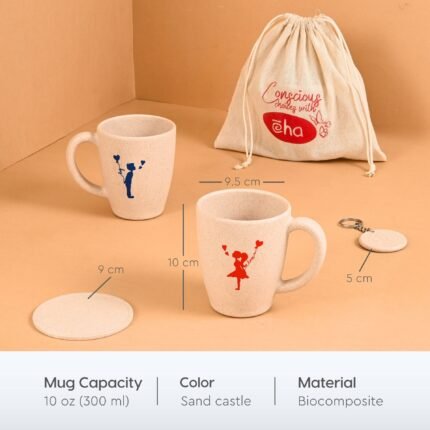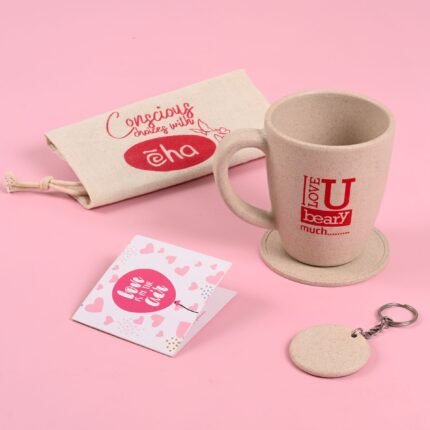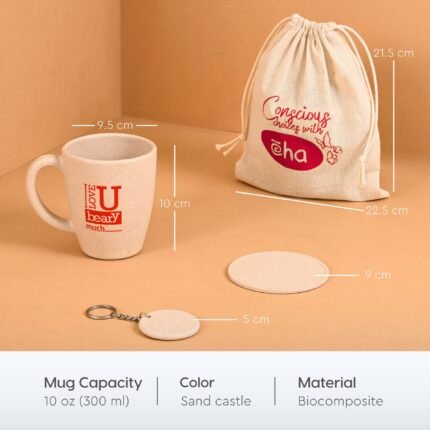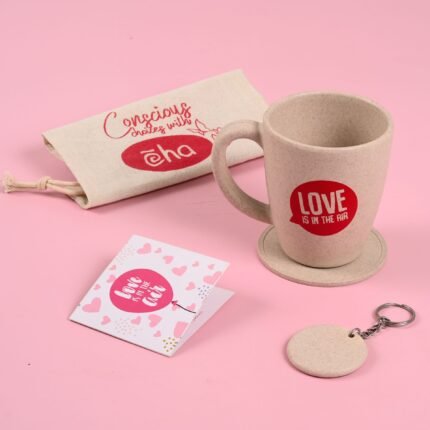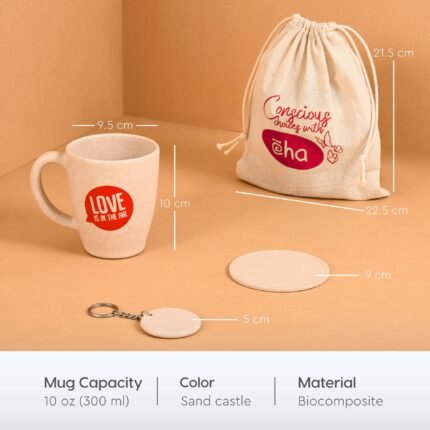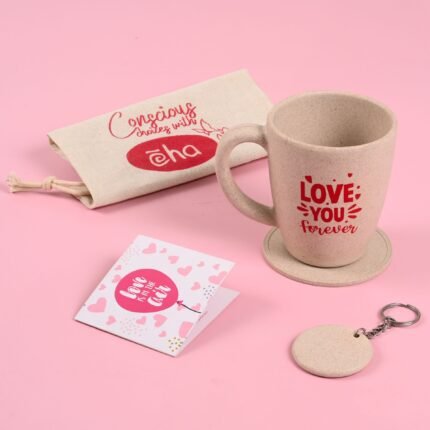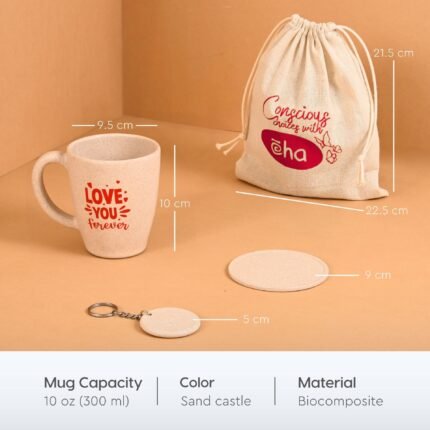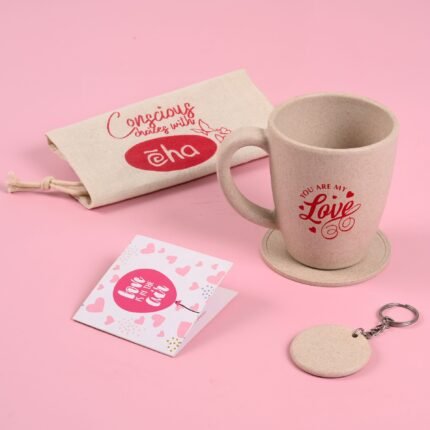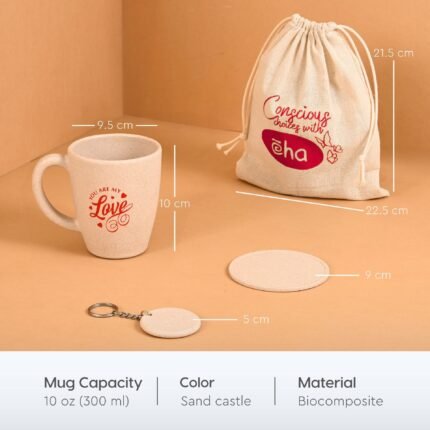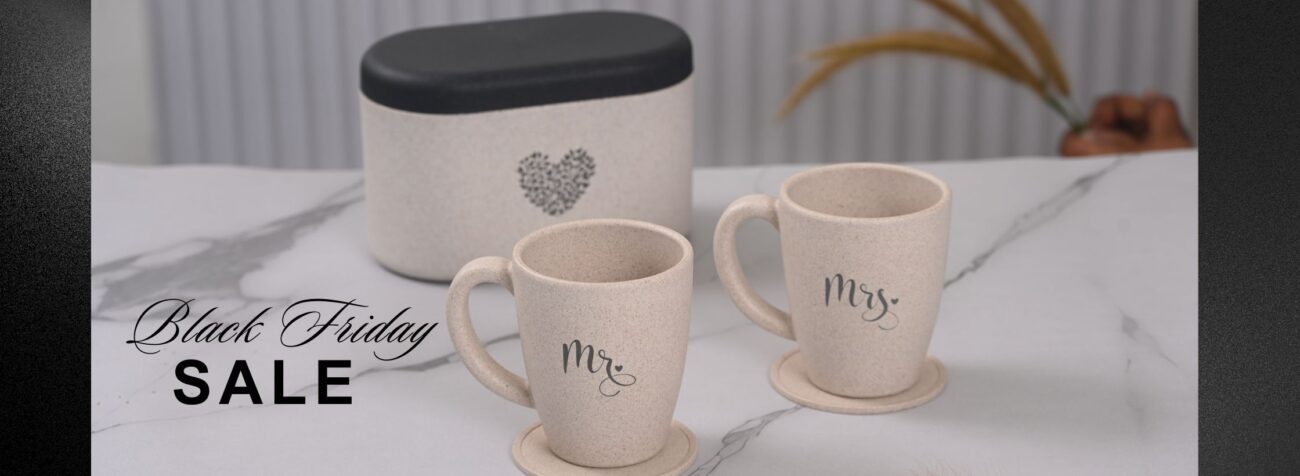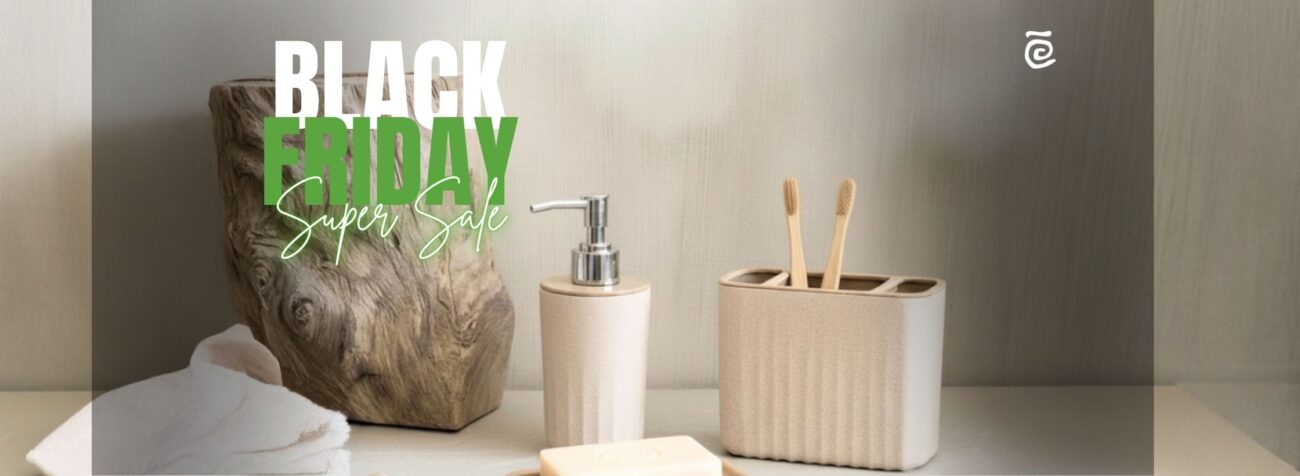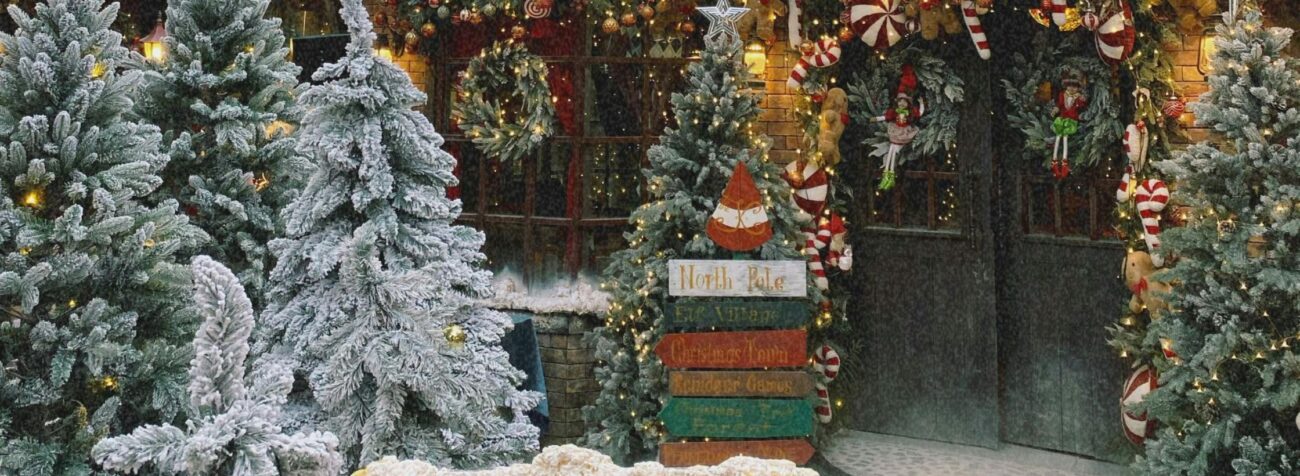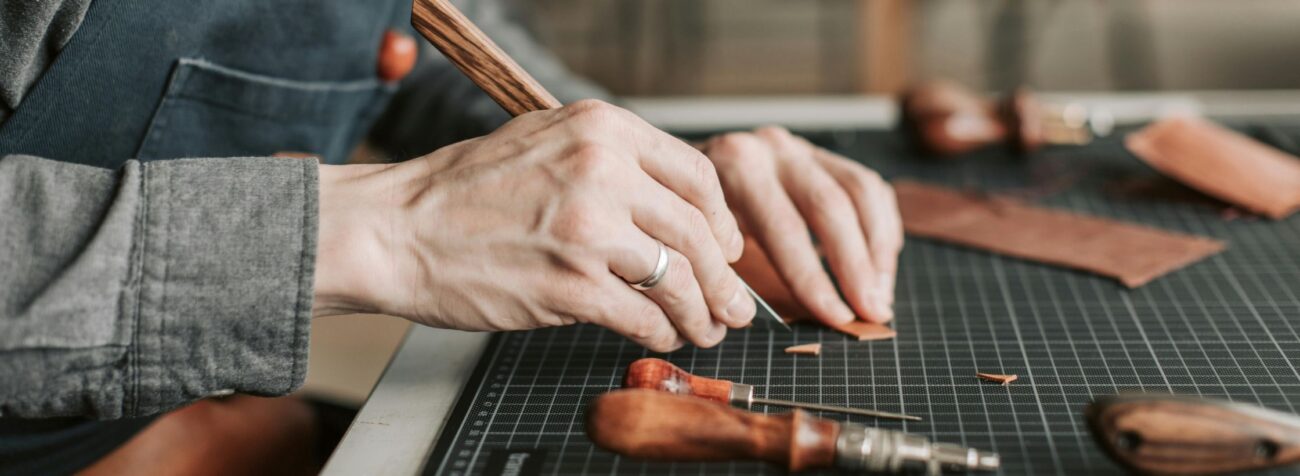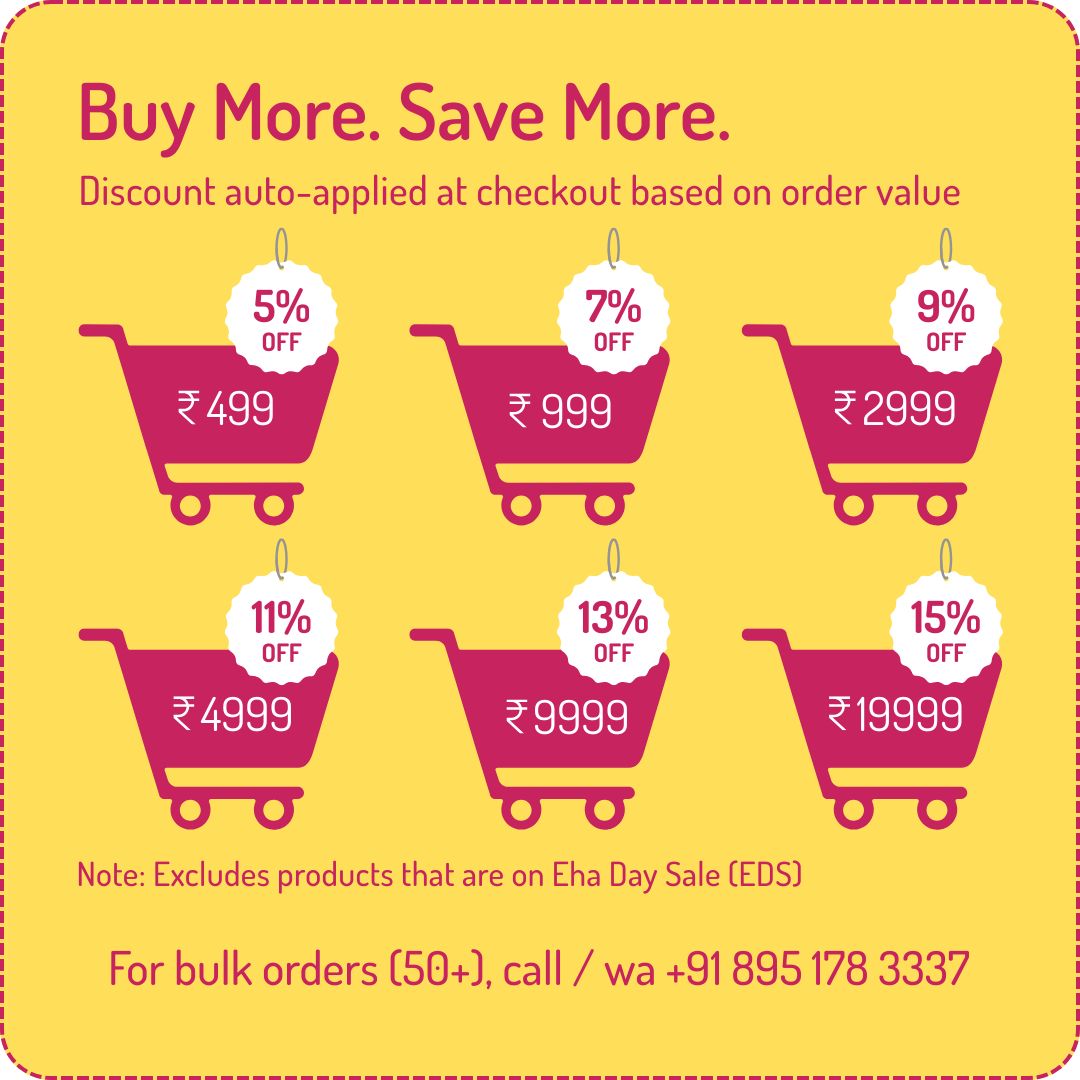Recycling and Upcycling: A Head-to-Head Comparison

Recycling and Upcycling: A Head-to-Head Comparison
Recycling plays a crucial role in reducing waste and conserving natural resources, making it an essential practice for a more sustainable future.
If you’ve been looking to reduce waste, revamp your home, or just live more sustainably, you’ve probably come across the terms recycling and upcycling. But let’s be real: do you ever wonder, what’s the actual difference between them? Is one better than the other? Or can you do both and still contribute to a greener planet?
As we all try to make conscious decisions about the products we use and the waste we create, it’s important to understand how recycling and upcycling each play a role in helping us reduce our environmental footprint. Today, we’re going to break down the key differences and similarities between the two, and how you can use both strategies to revamp and renew your home, office, and lifestyle.
What is Recycling?
Let’s start with the basics: recycling. Most of us have heard the term a thousand times, but when we toss our empty cans into the blue bin, do we really understand what’s happening to those materials?
Recycling is the process of converting waste materials into new products. In simple terms, it’s about taking items we no longer use—such as plastic, paper, or metal—and breaking them down to be turned into something useful again. Here’s how recycling typically works:
Collection: Waste items are collected, sorted, and sent to recycling facilities.
Processing: The materials are cleaned, broken down, and turned into raw materials (like glass or recycled paper).
Manufacturing: These raw materials are then used to create new products, which might include everything from new containers to building materials.
While recycling helps to reduce the amount of waste we throw away, it’s often a bit of a “downcycle” because the new product typically isn’t as high-quality as the original item. For example, recycled paper may be weaker than its virgin counterpart.
Recycling: What Can You Recycle?
Here’s a quick list of common household items that can be recycled:
- Plastic bottles
- Cardboard boxes
- Aluminum cans
- Glass jars
- Old newspapers and magazines
The goal of recycling is to divert as much material as possible from landfills, which helps conserve natural resources and reduces pollution.
What is Upcycling?
Now, let’s talk about the buzzword that’s been making waves lately—upcycling. Unlike recycling, which breaks down materials to make something similar, upcycling involves transforming old or unused items into something of higher value or a new purpose.
Here’s the key difference: upcycling doesn’t break down the original material. Instead, it’s about taking what’s old and giving it new life. For example, turning an old wooden pallet into a coffee table, or using mismatched plates to create a unique set of wall art. Upcycling doesn’t just reduce waste; it gives new value to an item by creatively reimagining it.
How to Upcycle
Furniture: Transforming old furniture into a new look with a coat of paint, new fabric, or repurposing the entire structure.
Clothing: Taking that old T-shirt you never wear and turning it into a stylish new bag or quilt.
Home Decor: Reusing items like mason jars, wine bottles, or tin cans to create everything from vases to lampshades.
Office Items: Revamping old office supplies like filing cabinets and desks with eco-friendly materials to make them new again.
What’s great about upcycling is that it’s an opportunity to get creative. Plus, it usually results in a one-of-a-kind item that’s not only sustainable but also totally unique.
The Big Comparison: Recycling vs. Upcycling
So, now that you know what recycling and upcycling are, let’s break it down and compare them. Which one is better for the environment? Let’s find out!
1. Environmental Impact
Recycling: It helps reduce the need for new raw materials, conserving resources and reducing energy consumption. However, the process still requires energy and produces emissions, and the end product is often of lower quality than the original.
Upcycling: It has a lower environmental impact because it doesn’t require as much energy to break down and process materials. Plus, by creating new products from what’s already available, upcycling helps keep waste out of landfills and prevents the need for new resources. It’s often seen as the more eco-friendly option because it reduces both waste and the consumption of raw materials.
2. The Creativity Factor
Recycling: While recycling does encourage resourcefulness, it’s less about creativity and more about using existing materials to make new things in a relatively standard way. It’s a process that’s typically done by specialized companies, not individuals.
Upcycling: The fun part! Upcycling is all about creativity and thinking outside the box. You can turn almost anything into something new, which means the possibilities are endless. Whether it’s repurposing old storage jars or turning that pile of scrap wood into something useful, upcycling gives you the chance to inject your own personality into your projects.
3. Cost Efficiency
Recycling: In general, recycling is free to do at home if you have the right systems in place, like a recycling bin. However, some recycling programs charge fees for certain types of waste (e.g., electronics or hazardous materials). Recycling also often doesn’t yield a direct cost-saving benefit in the same way upcycling can.
Upcycling: This is often the more affordable option, as you’re using materials that you already own or can find cheaply. Upcycling can turn your discarded items into something of higher value without the need to purchase new materials. Plus, many upcycling projects can be done with simple tools you probably already have around the house.
4. Time and Effort
Recycling: Recycling is typically easy because you’re just separating materials into different bins and dropping them off at the right facility. There’s not much effort needed beyond the sorting process.
Upcycling: While upcycling is a great way to get creative and save money, it does take more time and effort. Depending on the project, you may need tools, materials, and some crafting skills. But if you’re up for it, the end result can be both rewarding and impressive!
How to Revamp and Renew Your Home with Both
You don’t have to choose between recycling and upcycling. In fact, the two can complement each other perfectly! Here’s how you can use both in your home, office, or gifting ideas:
Home Decor: Use upcycled furniture and decor alongside recycled materials for a stylish, sustainable living space. For example, you could repurpose old jars into storage containers or use recycled metal to create a statement wall piece.
Office Organization: Turn recycled paper into notebooks or upcycle old office furniture to create a chic, eco-friendly workspace.
Gifting: Upcycled items make for unique and thoughtful gifts, while recycled materials can be used to wrap or package those gifts in a sustainable way.
By mixing both recycling and upcycling, you’ll be contributing to sustainability in ways that make a real difference. Whether it’s repurposing something you already own or responsibly recycling, you’re helping create a circular economy where products are used to their full potential.
Wrapping Up: The Charm of DIY Valentine’s Day Decorations
Creating your own Valentine’s Day DIY decorations and DIY crafts is a fun, affordable, and sustainable way to add a personal touch to your celebration. Whether it’s a flower vase made from a recycled glass jar, a heart-shaped garland hanging above your couch, or a love note jar full of thoughtful messages, these simple crafts help you set the perfect romantic ambiance for Valentine’s Day.
Remember, it’s not about going overboard with extravagant decor—it’s about crafting a space that feels warm, cozy, and full of love. With these easy DIY projects, you can turn your home into a love-filled retreat without breaking the bank or creating unnecessary waste. Plus, it’s a great way to connect with your loved ones while doing something meaningful for the planet.
So, gather your materials, put on some music, and start crafting your own little love-filled world this Valentine’s Day!
Visit eha’s range of sustainable gifting to choose, made with biocomposite materials using crop-waste such as rice husk, bamboo fibers and coffee husk.
If you are looking at developing new range of earth friendly products speak to experts at Mynusco.







